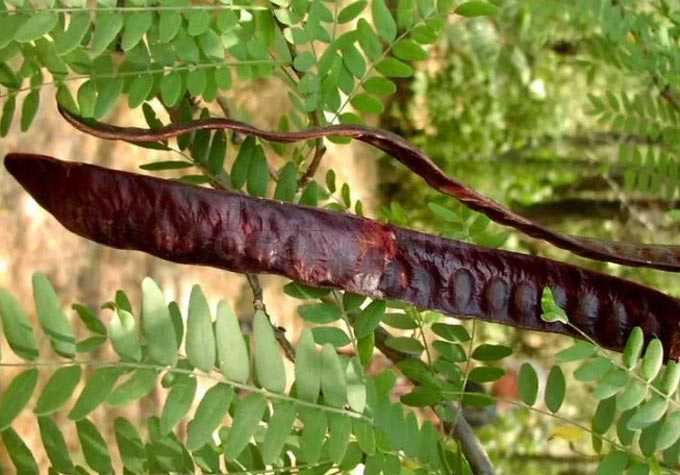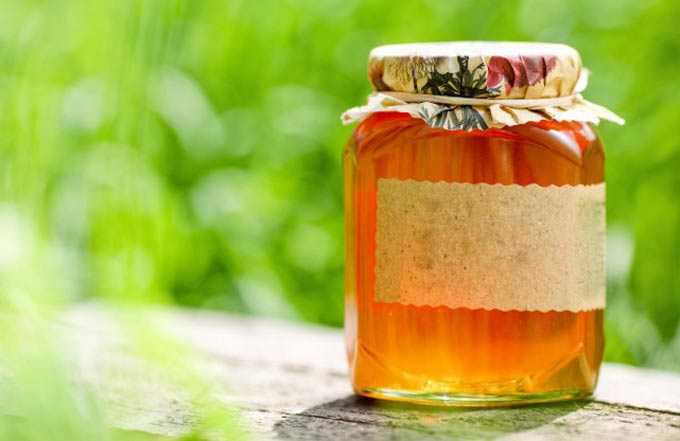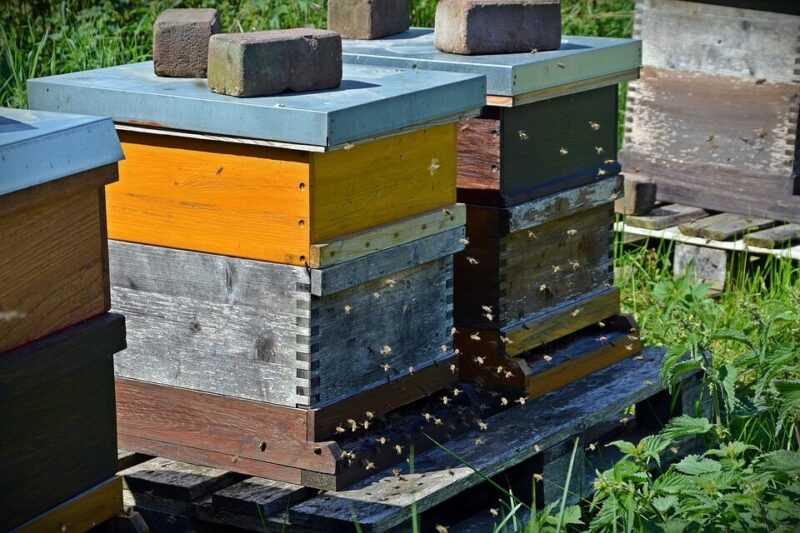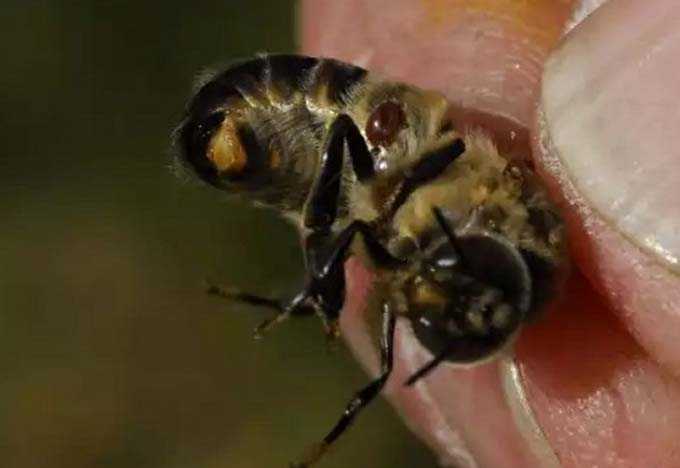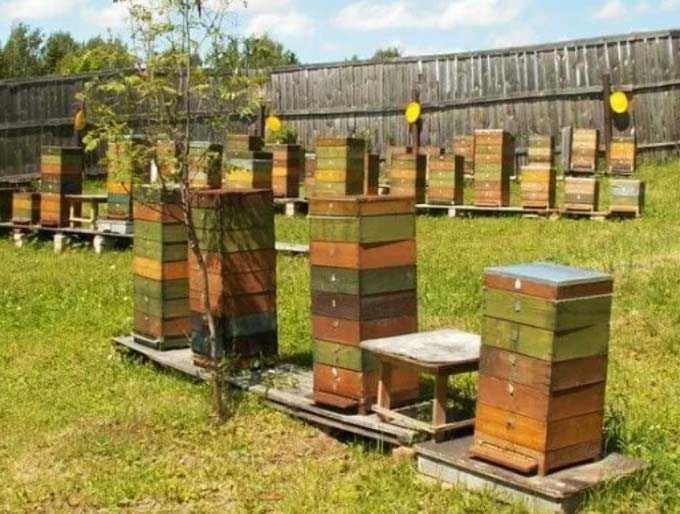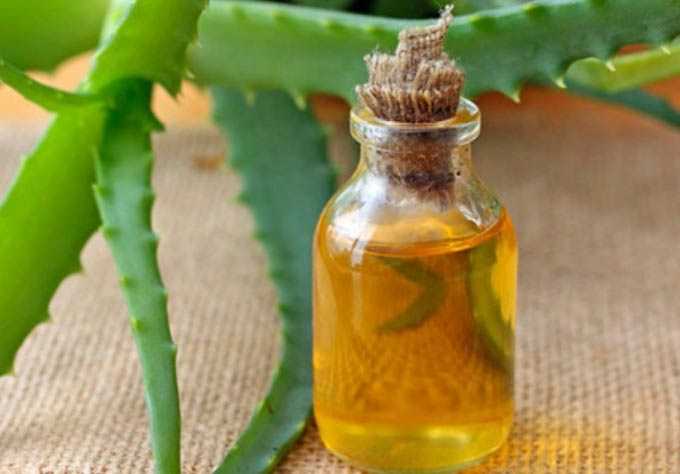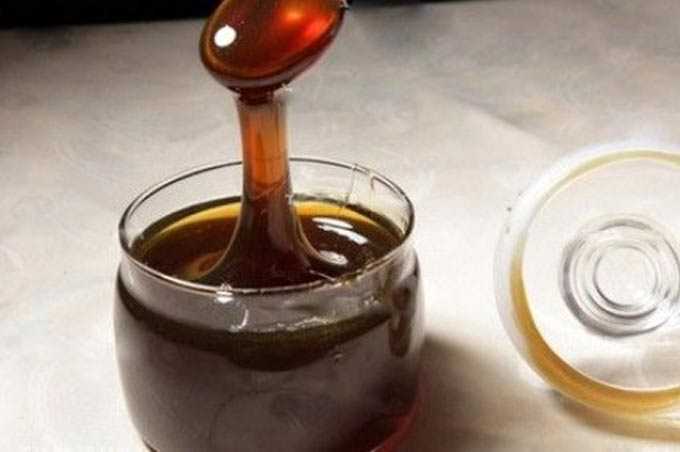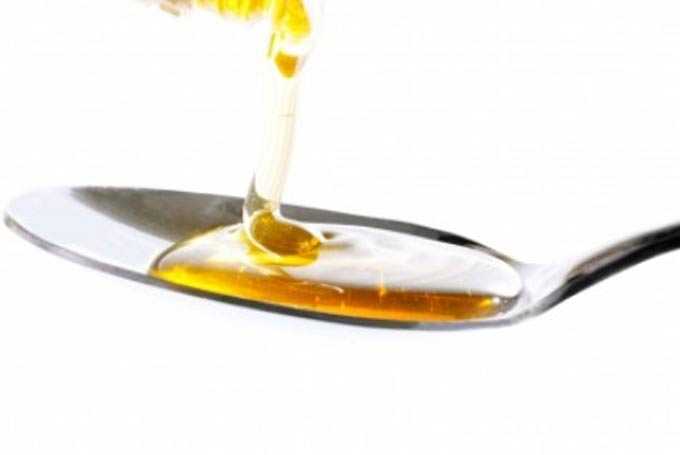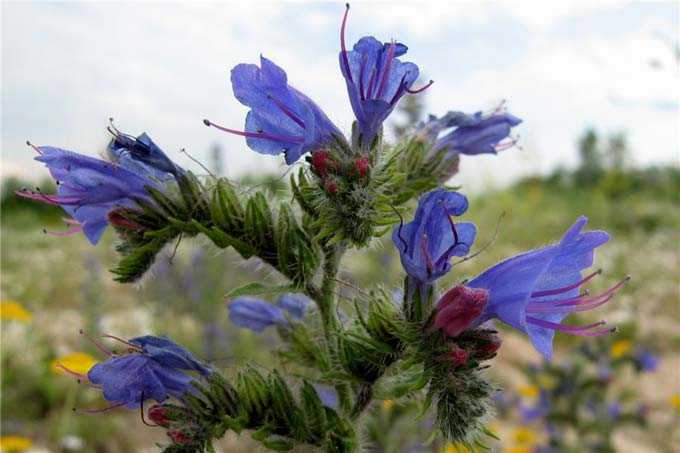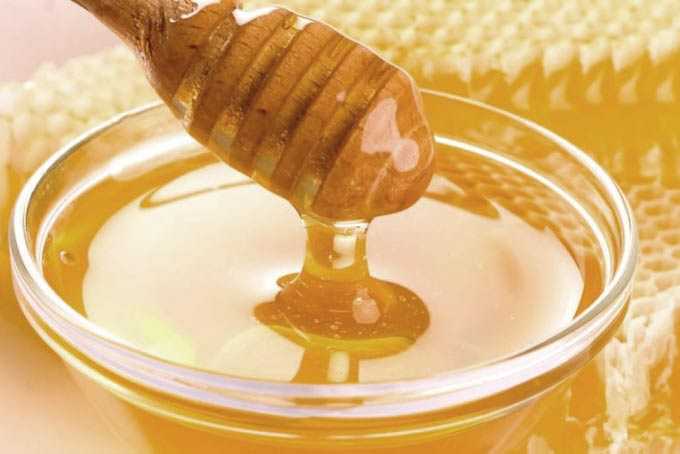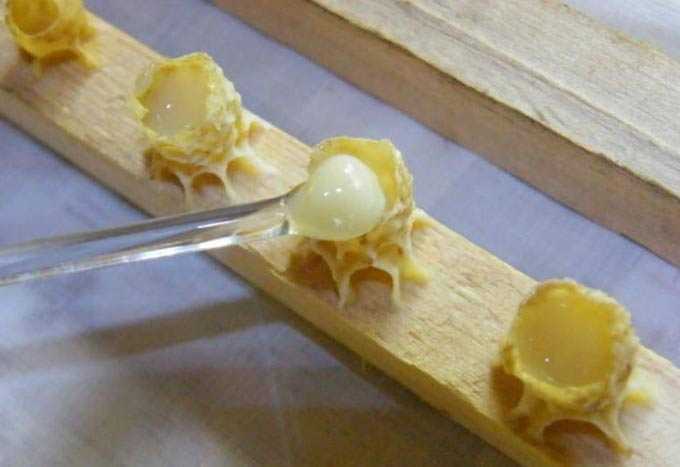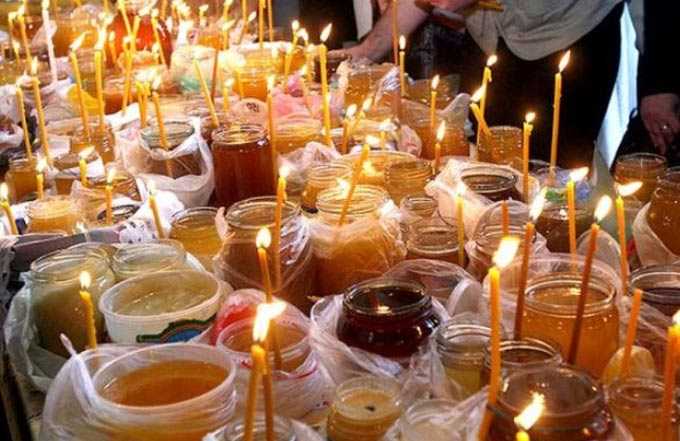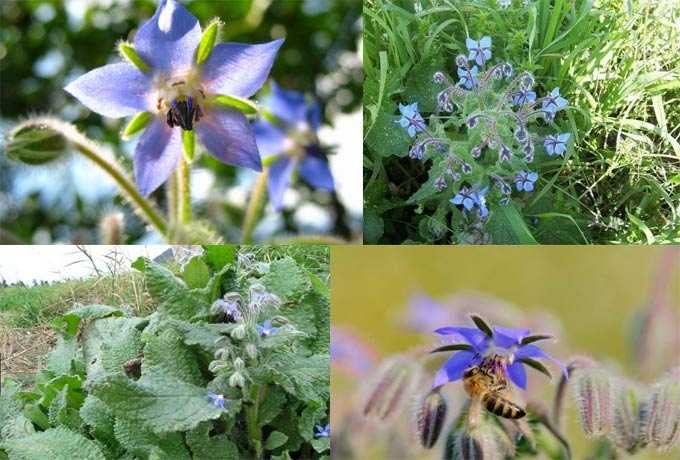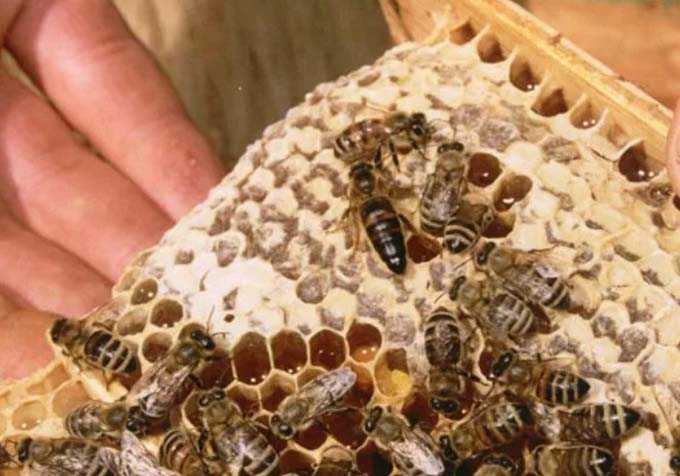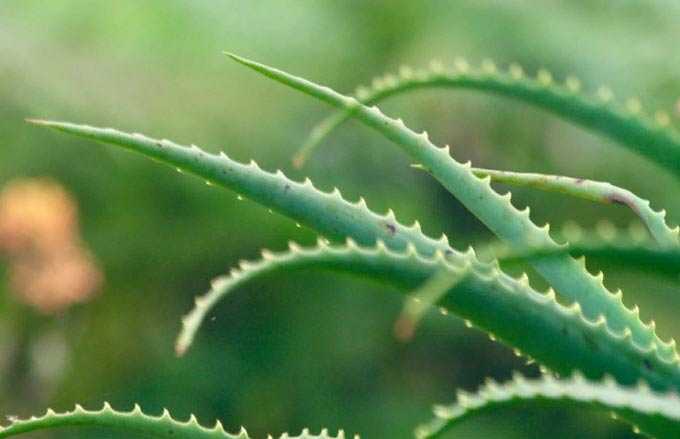The honey plant is a drought-resistant tree from the legume family, capable of withstanding various pests. The second name for Ukraine is “panskaya acacia”.
The culture was brought to us from North America. It is an excellent melliferous plant – in terms of pollen and honey collection, Gledichia is in second place after Acacia.
The content of the article
- 1 Significance for agriculture
- 1.1 Types
- 1.2 Description
- 2 Agrotechnics
- 3 Honey productivity
- 4 Useful Properties
Significance for agriculture
The tree is cultivated as a decorative park planting, and is also used to create shelter belts in southern Ukraine and the North Caucasus.
With regular pruning, the bush variety creates an impenetrable hedge.
Types
The most common variety is common gleditsia… It can be found most often in urban park areas. This is a tall tree with an openwork crown.
To create protective stripes and hedges, another variety is used – prickly hedgehog (shrub).
Description
The tree reaches a height of 10 to 30 meters. It has a straight trunk, stripped of knots and covered with long spines over its entire surface. Leaves are compound, formed from paired leaves.
The flowers are pubescent, small, greenish. They have a pronounced honey aroma.
After flowering, long fruits (15-30 centimeters) are formed, which, when dried, take the form of large brown pods.
Agrotechnics
Gledichia is propagated using seeds. The resulting seedlings are planted in early spring in strips in places where a hedge should form.
The hard shell of the seeds slows down their germination! Therefore, you need to carry out preliminary processing:
- pour over with hot water (85-90 degrees);
- and then soak in cold water for 2-3 hours.
The trunks of each seedling should be shortened by a third, leaving only the lower healthy branches. Planting is carried out in three rows with a distance of 30-40 centimeters between them. Each seedling is also separated from the neighboring tree by 40 centimeters.
Gledichia grows very quickly. As it grows, the hedge is trimmed to the desired shape and size.
You can get high-quality seed from 8-year-old trees. The seeds ripen in late autumn. You need to collect them before the beginning of December. Germination is not lost for five years.
Honey productivity
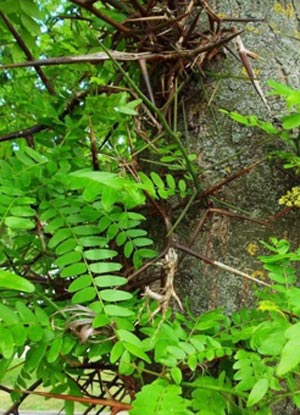
The first inflorescences appear immediately after the white acacia – in late May or early June, depending on the region. Flowering takes 20 to 25 days.
An average of 250 kilograms of marketable honey can be obtained from a hectare of dense plantings of hedichia. The main bribe takes 5 to 7 days. During this period, each hive brings 20-25 kilograms of nectar (and in favorable weather, 8 kg per day).
The resulting product crystallizes slowly, retaining its liquid form for a long time. The color is yellow with a greenish tint. The aroma is delicate, woody. The taste is pleasant.
The source of pollen (pollen) is male flowers. Collected pollen has a characteristic greenish color.
Useful Properties
Honey obtained from gleditsia is used in folk medicine:
- for general strengthening of the body;
- to combat insomnia;
- for the prevention and treatment of colds;
- to normalize the work of the stomach and intestines;
- to relieve skin inflammation and heal wounds.
It can be used as part of any homemade cosmetics.
Like any other type of honey, it is consumed orally in a tablespoon twice a day (for children 1-1,5 teaspoons). Stored as standard in a cool dry place, away from direct sunlight.
Monoflorality (single component) of the variety is practically unattainable, since other summer honey plants bloom simultaneously with gleditsia.
